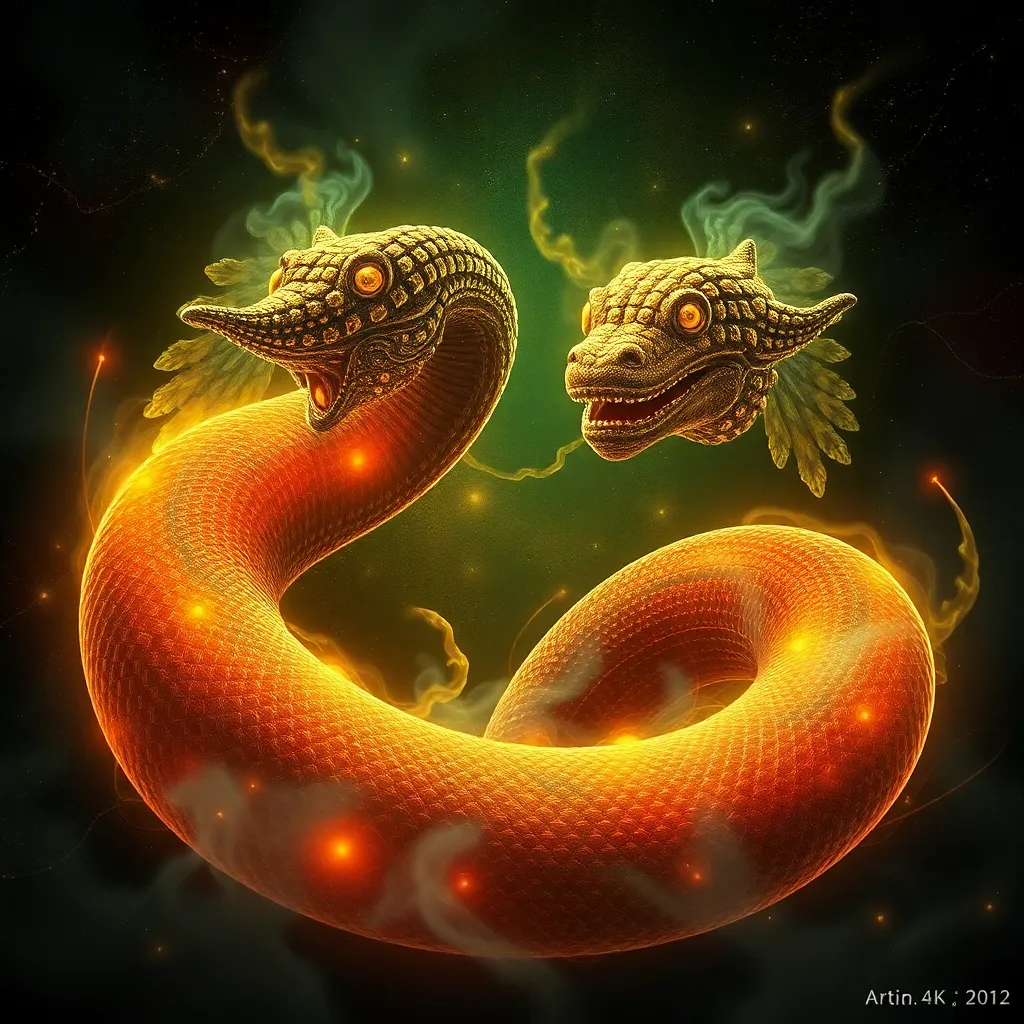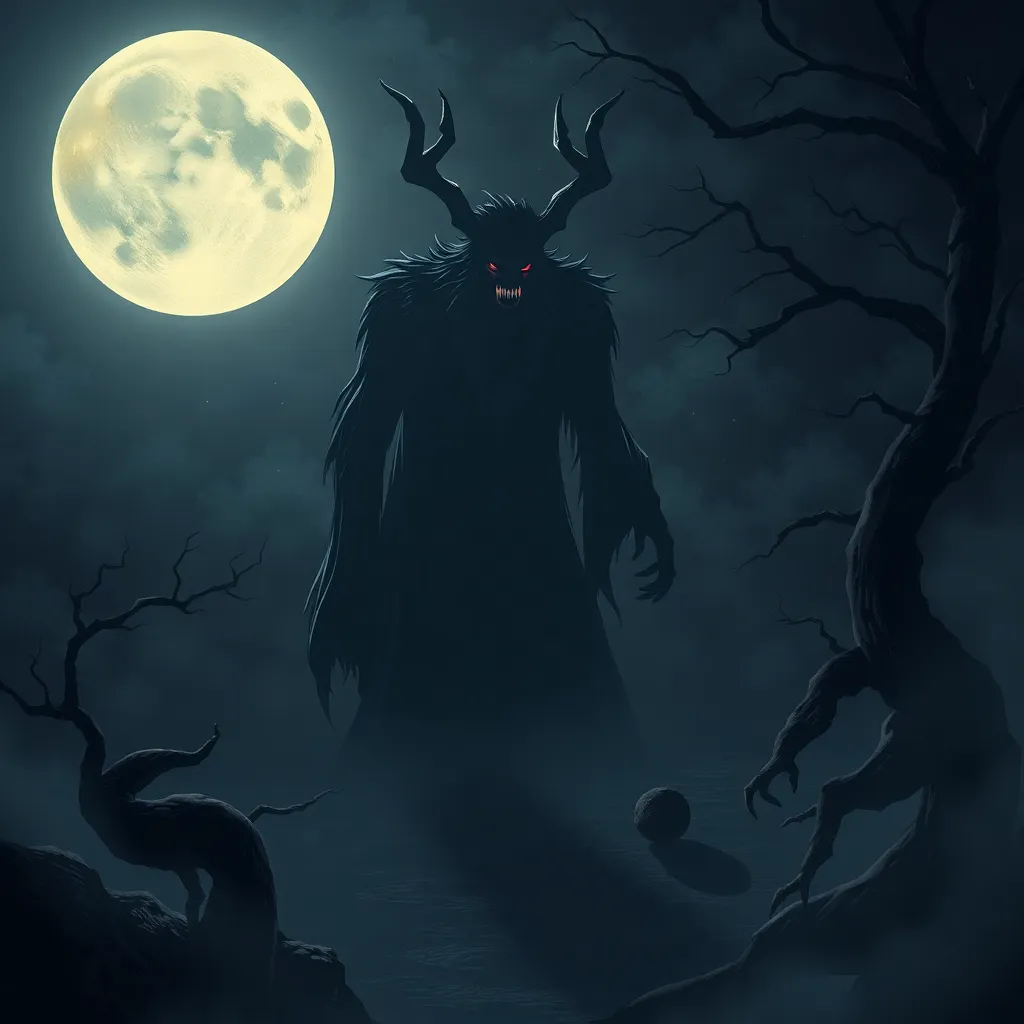Echidna’s Egyptian Ancestry: Exploring the Potential Roots of the Serpent-Woman in Ancient Egypt
I. Introduction
Echidna, a prominent figure in Greek mythology, is often referred to as the “Mother of Monsters.” Her legacy is rich with tales of terrifying beasts and epic battles. However, the exploration of her potential ties to ancient Egyptian mythology opens a fascinating dialogue about the interconnections between cultures and their mythologies.
This article aims to delve into the significance of Echidna’s character while investigating her possible Egyptian roots. By examining the serpent-woman archetype and the rich tapestry of ancient Egyptian mythology, we can uncover intriguing parallels and connections that may exist between these two ancient cultures.
The purpose of this article is to provide a comprehensive overview of Echidna, explore the serpent-woman motif across civilizations, and analyze the potential links between Echidna and Egyptian deities, alongside archaeological evidence and modern interpretations.
II. Understanding Echidna: The Mother of Monsters
Echidna is depicted in Greek mythology as a fearsome creature, often described as a half-woman, half-serpent being. She is the consort of Typhon, the father of many of the world’s most notorious monsters, including the Chimera and the Nemean Lion.
Her role in mythological narratives is significant; she embodies the chaos and danger of the natural world. Echidna is not merely a monster but a representation of the primal forces of creation and destruction, blurring the lines between femininity and monstrosity.
Furthermore, Echidna’s connections to other mythological figures, such as her offspring and her partner Typhon, illustrate her integral part within the mythological framework, emphasizing themes of motherhood, power, and the duality of nature.
III. The Serpent-Woman Archetype in Ancient Cultures
The serpent-woman motif transcends cultures, appearing in various civilizations throughout history. This archetype often symbolizes duality, representing both fertility and danger, life and death, wisdom and chaos. Examples include:
- La Llorona in Mexican folklore
- Medusa in Greek mythology
- Quetzalcoatl in Mesoamerican cultures
The cultural significance of serpent-women lies in their ability to embody complex themes, often challenging societal norms regarding femininity and power. By comparing these figures with Echidna, we can observe similarities in their roles as both nurturers and destroyers, emphasizing the fluidity of their identities.
IV. Ancient Egyptian Mythology: Key Figures and Themes
Ancient Egyptian mythology is rich with a pantheon of deities, each representing various aspects of life, death, and the natural world. Key figures include:
- Isis – goddess of motherhood and magic
- Bastet – goddess of home, fertility, and domesticity, often depicted as a lioness
- Neith – a warrior goddess associated with hunting and war
Serpent symbolism in ancient Egypt is profound, often representing protection and power. Deities like Wadjet, depicted as a cobra, were seen as guardians of the pharaohs. The connections between female deities and serpent characteristics illustrate a shared symbolism that resonates with the archetype of the serpent-woman.
V. Possible Links Between Echidna and Egyptian Deities
In examining the traits of specific Egyptian deities, we can identify intriguing similarities with Echidna. For example:
- Isis, with her protective nature and association with magic, shares a nurturing aspect similar to Echidna’s role as a mother.
- Neith, a goddess of war and hunting, embodies the fierce and destructive qualities found in Echidna.
Evidence of cultural exchange between Greek and Egyptian mythologies, particularly during the Hellenistic period, suggests that these connections may not be coincidental. The role of syncretism, where different mythological systems influence one another, further supports the idea of shared characteristics between Echidna and Egyptian deities.
VI. Archaeological Evidence and Historical Context
Archaeological findings have provided insights into the interactions between Greek and Egyptian cultures. Artifacts, inscriptions, and texts reveal a complex relationship characterized by trade, colonization, and mutual influence. For instance:
- Hellenistic art often incorporated Egyptian themes and symbols.
- Literary works from the period show a blending of mythological narratives.
This historical context of Greek and Egyptian interactions highlights the fluidity of mythological narratives, suggesting that figures like Echidna may have been influenced by Egyptian serpent-women archetypes.
VII. Modern Interpretations and Cultural Impact
Contemporary culture continues to perceive Echidna and serpent-women through various lenses. The influence of these figures persists in literature, art, and media, often reinterpreting their archetypal roles. For example:
- In literature, serpent-women often emerge as powerful female figures, challenging traditional gender roles.
- In film and television, representations of characters inspired by Echidna explore themes of monstrosity and femininity.
The relevance of these ancient myths in today’s society is significant, as they invite discussions about identity, power, and the complexities of human nature.
VIII. Conclusion
In summary, the exploration of Echidna’s potential Egyptian ancestry reveals a rich tapestry of mythological connections and cultural exchanges. By understanding Echidna within the context of serpent-women archetypes and ancient Egyptian deities, we gain insights into the shared themes of duality, power, and creation.
Recognizing the importance of understanding mythological roots allows us to appreciate the complexities of ancient narratives and their relevance in contemporary society. As we continue to uncover the intricate connections between cultures, further research and exploration into these ancient ties can illuminate our understanding of humanity’s shared heritage.



